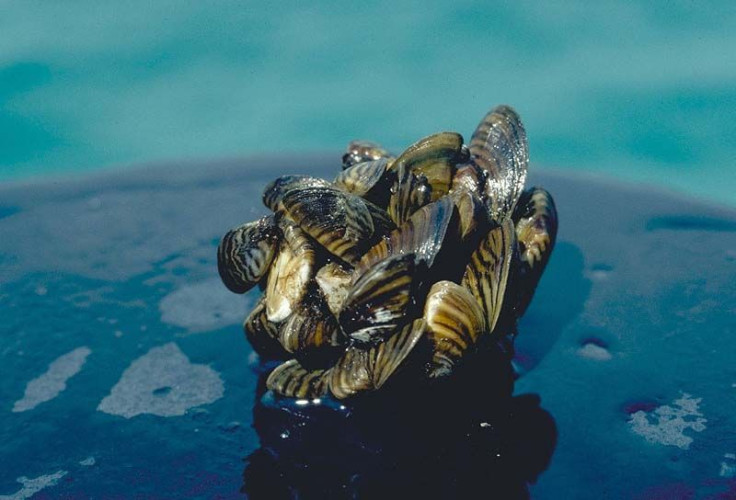What Are Zebra Mussels? Invasive Species Detected In Pet Stores In 21 States
KEY POINTS
- Invasive zebra mussels have been spotted in pet store moss balls across 21 states
- The species can disrupt the food chain and even change the chemistry of the water
- There is a right way to dispose of the moss balls to stop their spread
An invasive species has been spotted in pet stores in at least 21 states in the United States. Although it is small, the species can be quite destructive.
A pet store employee in Seattle found a zebra mussel in a moss ball on Feb. 25 and reported about it to the United States Geological Service, the agency said in a news release.
Days later, USGS fisheries biologist Wesley Daniel found a zebra mussel in a pet shop in Gainesville, Florida. By that time, it had become apparent that the problem was already quite widespread, the USGS said.
The fast actions of a USGS invasive aquatic species expert led to a multiagency, multistate response to curtail the spread of a damaging invasive species called the zebra mussel. The mussel was recently found in pet stores across the U.S.
— USGS (@USGS) March 8, 2021
For more info: https://t.co/xNQMcCORS3. pic.twitter.com/3wmfznUf4q
Moss balls are ornamental plants used in aquariums.
So far, there have been reports of the invasive species from 21 states, including Alaska, California, Michigan, Nebraska, Washington and Vermont, prompting USGS to issue a nation-wide alert.
How dangerous are they?
Zebra mussels are very tiny mollusks about the size of fingernails that are native to the waters of Eurasia, the USGS explained, noting that the "first wave" of the zebra mussels' invasion was reported in 1990. But despite their small size, zebra mussels can actually be quite destructive.
"They clog water intakes for power and water plants, block water control structures, and damage fishing and boating equipment, at great cost," the agency said.
The U.S. Fish and Wildlife Service (USFWS) also noted that the species can disrupt the food chain and even change the chemistry of the water once they get established. Their waste can even produce toxic byproducts and make the water acidic. And just like other invasive species, they can end up out-competing native species, the agency noted.
The problem now is that people might throw away the moss balls and inadvertently introduce the invasive species to areas where they were not present before, Daniel explained.
"We've been working with many agencies on boat inspections and gear inspections, but this was not a pathway we'd been aware of until now," Daniel said in the USGS statement.
"Destroy, dispose of, drain"
So what can people do if they want to dispose of the moss balls in their aquarium? First of all, they should not dump them in drains, gardens or waterways, the USFWS said. Instead, the moss balls must first be destroyed.
There are several ways to do this. They can either freeze the moss balls for at least 24 hours, boil them for at least one minute or submerge them in chlorine bleach or undiluted white vinegar for 20 minutes. Then the moss balls should be placed in a sealed plastic bag before throwing in the trash.
The liquids used to destroy the moss balls should be disposed of in the household drain, and not storm drain as this may damage the waterways. After this, people should also drain and clean the aquariums where they were placed.
"Zebra mussels can damage your tank's filtration system," the USFWS said. "Zebra mussel larva can live in the water, in the aquarium substrate, on decorative elements, and in the filter systems."

© Copyright IBTimes 2024. All rights reserved.












